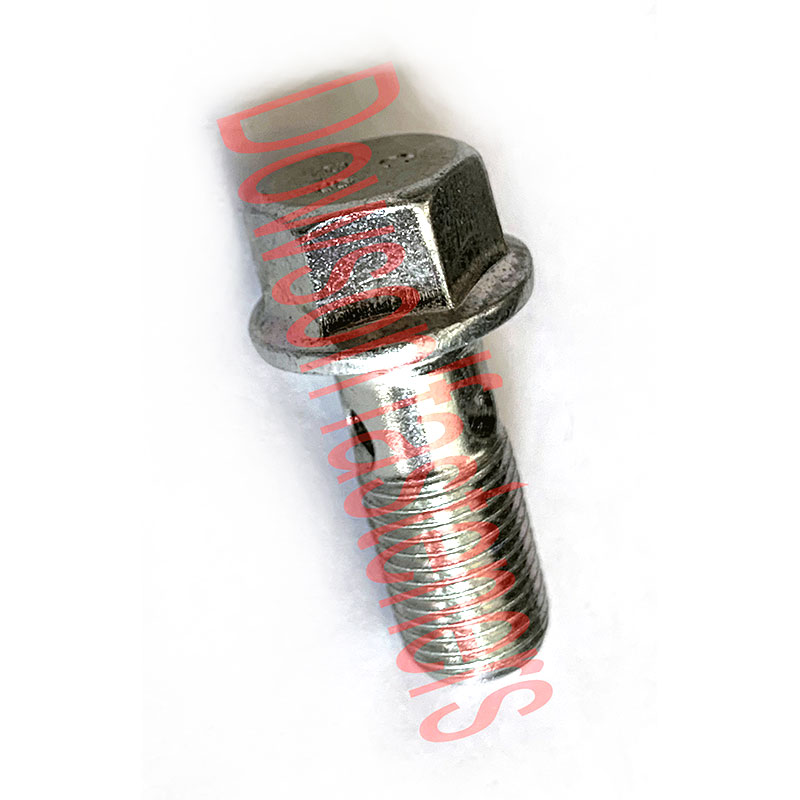Unraveling the Strength: The Versatility of J-Bolts and Their Common Applications
2024-01-10
Introduction:
In the vast world of fasteners, one particular type stands out for its distinctive shape and diverse range of applications - the J-bolt. Despite its simple design, the J-bolt plays a crucial role in various industries, offering strength and reliability in securing structures and components. In this blog, we'll explore what J-bolts are, delve into their unique features, and uncover the common applications where they prove indispensable.
Understanding J-Bolts:
A J-bolt, as the name suggests, is shaped like the letter 'J,' featuring a curved or hooked end opposite to the threaded section. This distinctive shape allows for easy attachment of nuts and other fastening components, making it a versatile choice for a multitude of applications. J-bolts are typically made of materials such as steel, stainless steel, or other alloys to provide the necessary strength and corrosion resistance.
Features of J-Bolts:
1. J-Shaped End:
- The hooked or curved end of the J-bolt allows for easy installation and attachment of nuts or other fasteners.
2. Threaded Section:
- Like many other bolts, J-bolts have a threaded section that provides a secure grip when fastened.
3. Diverse Sizes:
- J-bolts are available in various sizes and lengths, catering to different requirements in terms of load-bearing capacity and application specifics.
Common Applications of J-Bolts:
1. Construction and Infrastructure:
- J-bolts are widely used in the construction industry for securing beams, columns, and other structural elements. Their versatility makes them suitable for various concrete anchoring applications.
2. Fencing and Gate Hardware:
- J-bolts are commonly employed in fencing and gate installations. The hooked end allows for easy attachment to gates, while the threaded section secures the structure in place.
3. Marine Applications:
- Due to their corrosion-resistant properties, stainless steel J-bolts are popular in marine applications. They are used for securing boat cleats, railings, and other fixtures on boats and docks.
4. Automotive Industry:
- J-bolts find applications in the automotive industry, particularly in exhaust systems. The hooked end facilitates the attachment of exhaust hangers, ensuring stability and support.
5. Utility Poles and Electrical Structures:
- J-bolts are employed in securing utility poles and electrical structures. Their reliable fastening capabilities make them ideal for supporting the weight and forces experienced in these applications.
6. Outdoor Structures and Play Equipment:
- J-bolts are commonly used in the assembly of outdoor structures like playsets and swing sets. Their ease of use and robust design contribute to the stability of these structures.
Conclusion:
In the world of fasteners, the unassuming J-bolt stands tall as a versatile and reliable choice for various applications. From the construction site to marine environments and automotive installations, J-bolts play a crucial role in securing structures and components. The next time you encounter a robustly fastened structure, there's a good chance that the strength and reliability can be attributed, in part, to the humble J-bolt.



